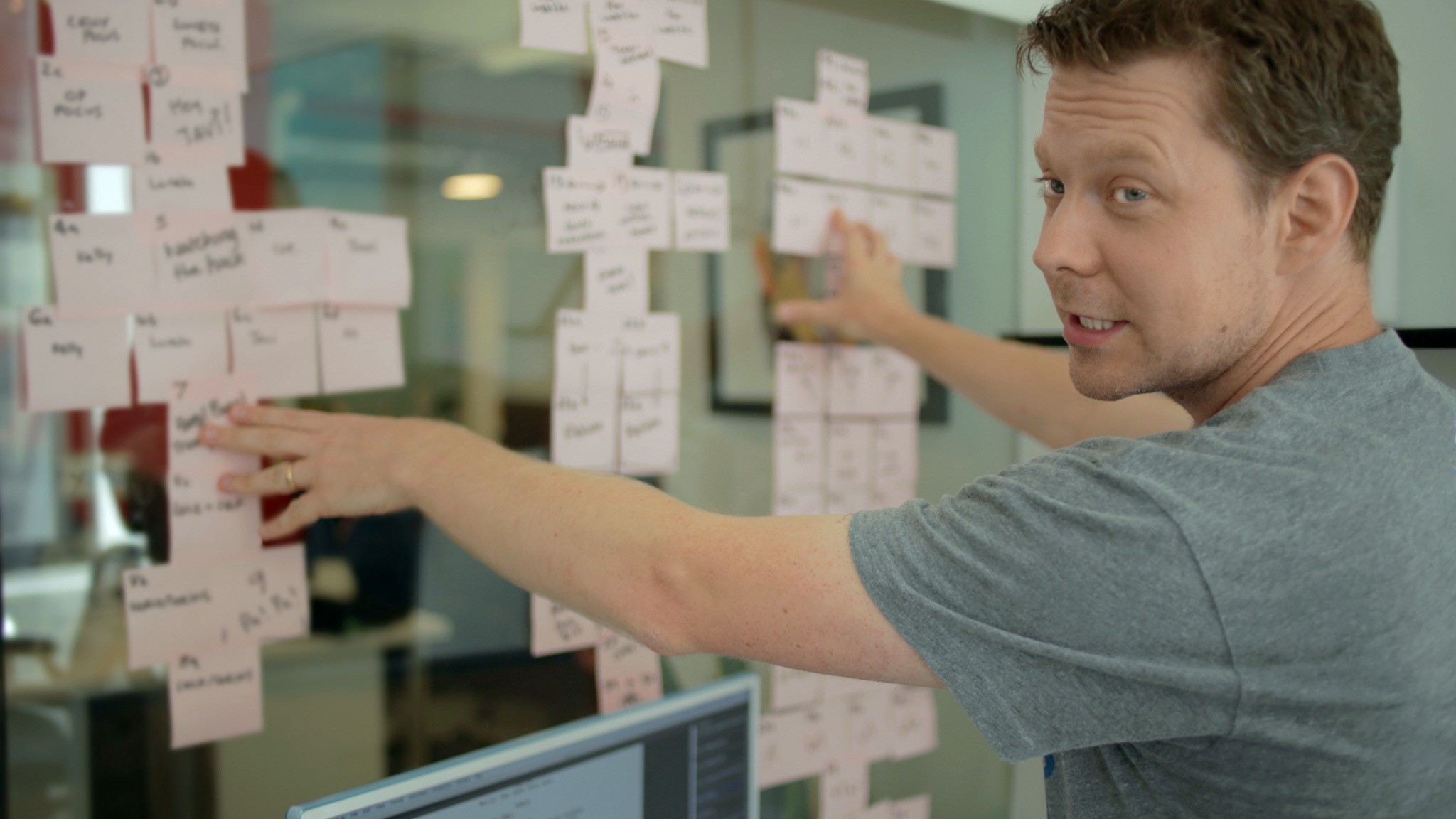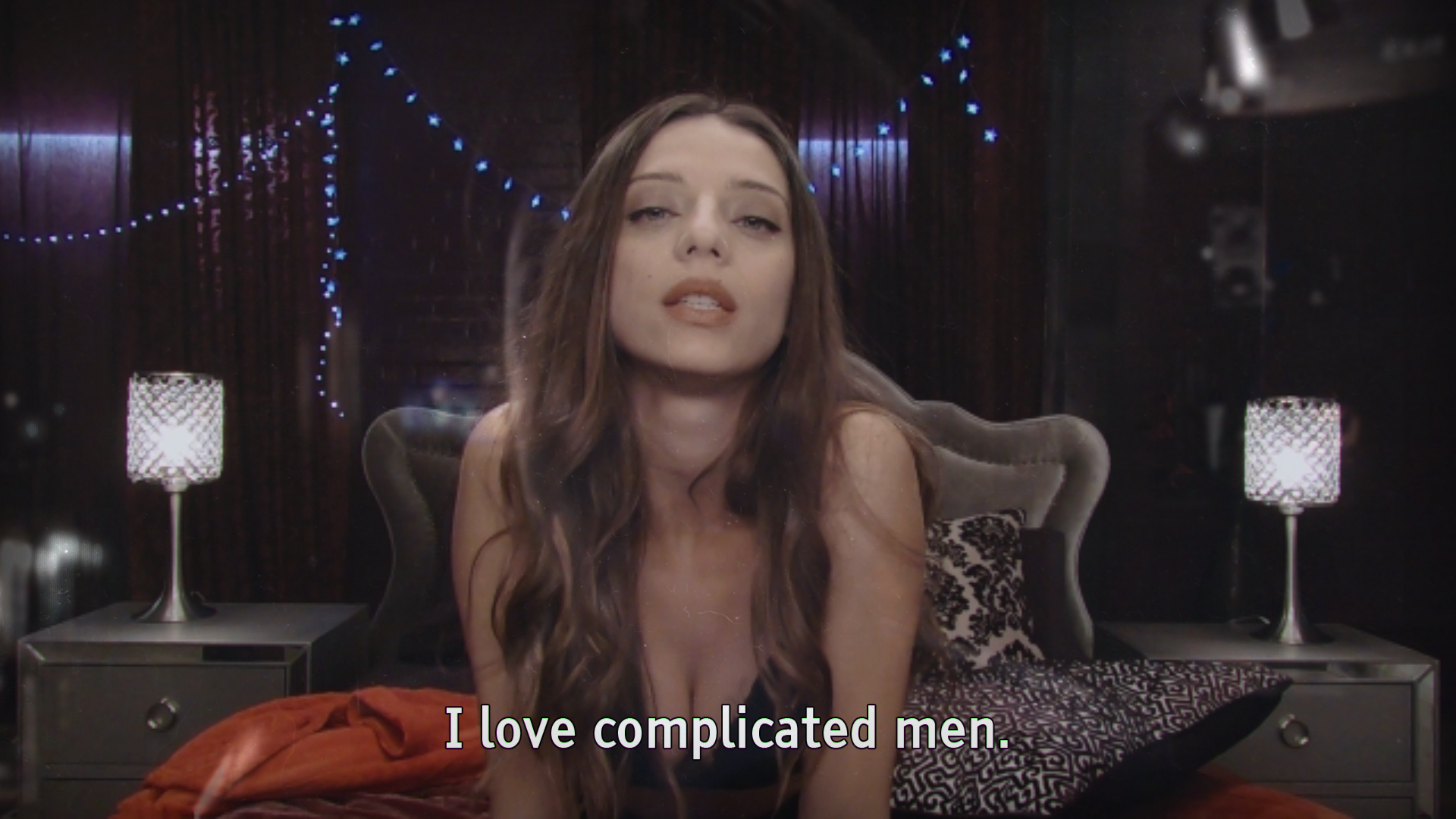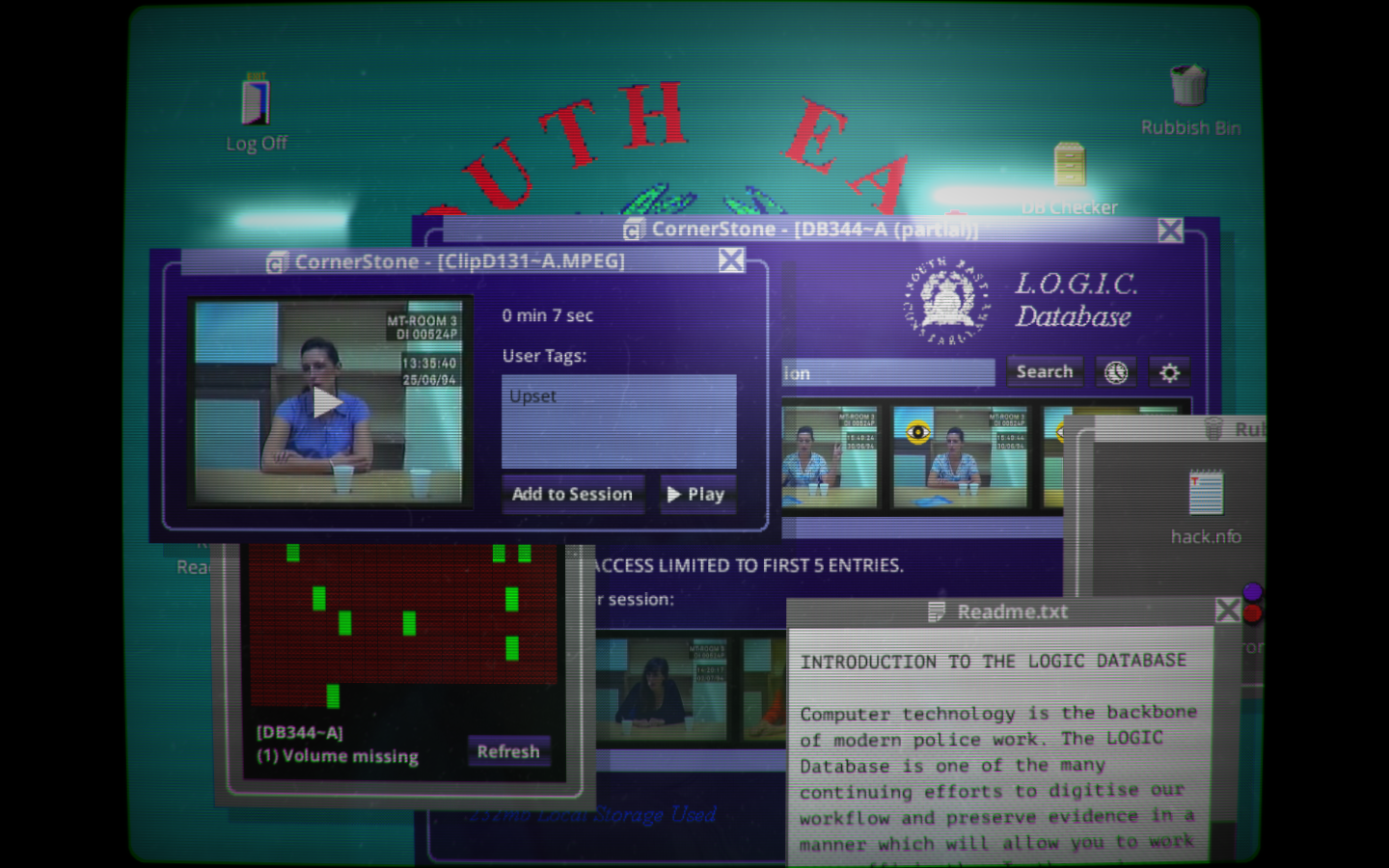Storytelling Insight
What News Storytellers can learn from Game Design
Created on: June 17, 2021

As part of my Clwstwr research into News Storytelling, I had the chance to speak to game designer, Sam Barlow — creator of the groundbreaking titles, Her Story and Telling Lies. In both games, players navigate their own way through databases of video footage in order to solve a mystery. This non-linear storytelling form was intriguing to me, but I was also interested in finding out more about how Sam’s understanding of what makes us all tick has driven his storytelling style.
You can watch the full interview here if you want to get the benefit of all of Sam’s thoughts, but I found his take on human nature, and the impulses which motivate us, hugely hopeful and optimistic.
We started by talking about how curiosity is a hugely important driver for human beings. He talked about how Nintendo’s Zelda games have very rich and interesting environments which give you the space to just go and explore things which look interesting — not necessarily to fulfil an objective or complete a task, but just because they look interesting. It’s similar impulses, of course, which lead us down hours-long Google “rabbit holes” and so Sam leveraged our curiosity and familiarity with search-engine mechanics to create games which allow us to find our own way to an answer and give us a fulfilling sense of agency.

This also seems significant for news purposes, because finding things out ourselves helps embed those discoveries more deeply in our minds than if they are just “served” to us by someone or something. It would therefore be interesting to see how we might use the same instincts that Sam has satisfied to build news experiences that are equally rich, compelling and memorable.
The most interesting part of the conversation, for me, but also the thing that would perhaps be the most difficult to translate into a journalism context, is the importance Sam places on subtext. He told me that when he set out as an independent designer, he was clear that he wanted to make a game that was ALL about subtext. Working with subtext is bound to be hugely compelling, because real life works almost entirely on subtext — we only very rarely say what we actually think or feel, but we also learn to infer those things in others, from the way they say them or other cues like body language. News storytelling is the opposite though. As journalists, we are conditioned to lay out all the facts of a story in a very straightforward and linear way that leaves absolutely no room for subtext, or for users to make little discoveries themselves. Is there a way that we, as journalists, can incorporate some more subtle and layered forms of storytelling into what we do?

That’s also important because of something else that Sam was very clear on. Audiences in the early 21st century are hugely emotionally intelligent and want more complexity, not less, from their experiences. For example, people often describe shows like Big Brother or The Kardashians as “trash”, but they’re actually about very complicated patterns of human relationships and we become familiar with the lines of effect and affect, causality and subtext that those relationships throw up. Similarly, as journalists, we’ve often been told that viewers can’t stomach anything longer than 2 minutes long and that we have to “spoon feed” viewers all the information they need. However, millions of people around the world sit down to play Her Story or Telling Lies — which are in some ways very “hard work” requiring concerted application of thought — and don’t surface again for another 6, 8 or 10 hours. Surely both of those things can’t be true at the same time?

Finally, I generally try to stay out of discussions about the business models and economics of journalism, because luckily that’s not my job. However, it’s worth noting that the demographic of the people that play Her Story and Telling Lies (much less gender-skewed than traditional games) contains precisely the “advertising eyeballs” which media organisations are desperate to attract. The lessons from the success of Sam Barlow’s approach seem to be that we need to talk up, not down, to the audience, understand that they have high expectations of their experiences and that complexity, richness and creativity are always going to be important in maintaining the interplay between journalism and its audiences.
Created on: June 17, 2021
Has this sparked ideas for you?
Do get in touch if you want to pick up on any of these thoughts.
contact